 A black bear attack on a 12-year-old girl in Michigan made national news last week. However, a Michigan Department of Natural Resources press release says that a bear killed by DNR personnel shortly after the attack was not the bear in the attack. The bear was not killed because of any possible connection to the attack, but because it had been wounded by being shot by a home-owner who feared for his life.
A black bear attack on a 12-year-old girl in Michigan made national news last week. However, a Michigan Department of Natural Resources press release says that a bear killed by DNR personnel shortly after the attack was not the bear in the attack. The bear was not killed because of any possible connection to the attack, but because it had been wounded by being shot by a home-owner who feared for his life.
The release says that DNA analysis shows that the bear that attacked the girl was female, while the bear that was killed was male.
Read the Michigan DNR press release here.
And if you haven’t seen the bear attack coverage, you can find some of it here.
NBC Nightly News notes that it was a busy week for bear attacks.
In Idaho, in a situation that closely echos the Michigan incident, the US Fish and Wildlife Service is investigating the shooting of a grizzly bear on private property to see if the bear is the same one that attacked two biologists earlier in the month, Reuters reports.
Read the Reuters story here.
Another Reuters story contains a single paragraph about the biologists, which is the most information I could find anywhere. Read the whole story in the Willmar, Minn. West Central Tribune:
Also on Thursday, Idaho wildlife officials reported that two biologists collecting grizzly habitat data in the eastern part of the state were knocked down by a charging grizzly after they startled it. Spray was used to scare off the bear, which bit one man on the backside and the other on the hands.
Photo: This is my generic black bear photo, courtesy US Fish and Wildlife Service. This bear has neither attacked a human nor been shot, to the best of my knowledge.

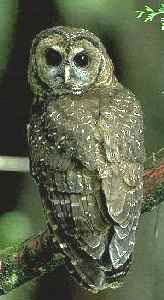 Efforts around the country to remove troublesome creatures — whether invasive or otherwise — have been met with a variety of reactions. In all cases the creatures are being removed because they are harming an ecosystem.
Efforts around the country to remove troublesome creatures — whether invasive or otherwise — have been met with a variety of reactions. In all cases the creatures are being removed because they are harming an ecosystem.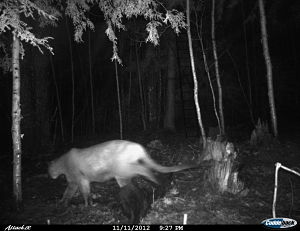 Not sure how we missed this in our recent wild cat news round-up, but a
Not sure how we missed this in our recent wild cat news round-up, but a 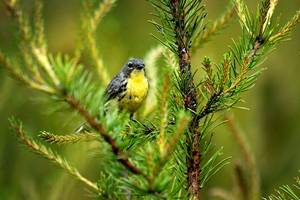
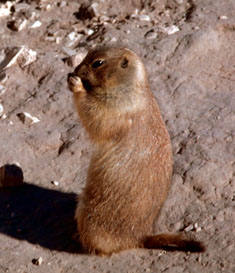 Oregon vesper sparrow and Mazama pocket gopher; mountain plover, burrowing owl and McCown’s longspur; the palila, a rapidly-declining Hawaiian honeycreeper; Karner blue butterfly, grasshopper sparrow, Henslow’s sparrow, and northern harrier; and white-tailed, Gunnison’s, Utah, and black-tailed prairie dogs are among the non-game species to benefit from this round of the
Oregon vesper sparrow and Mazama pocket gopher; mountain plover, burrowing owl and McCown’s longspur; the palila, a rapidly-declining Hawaiian honeycreeper; Karner blue butterfly, grasshopper sparrow, Henslow’s sparrow, and northern harrier; and white-tailed, Gunnison’s, Utah, and black-tailed prairie dogs are among the non-game species to benefit from this round of the 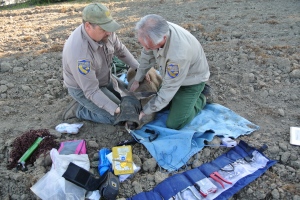 Earlier this summer, New York State Department of Environmental Conservation wildlife biologists banded 15 peregrine falcon chicks from five nests in western New York State. The birds are part of the growing peregrine population in the state.
Earlier this summer, New York State Department of Environmental Conservation wildlife biologists banded 15 peregrine falcon chicks from five nests in western New York State. The birds are part of the growing peregrine population in the state.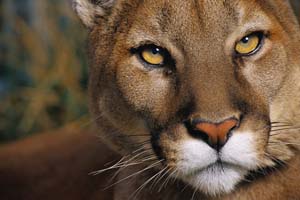 Mountain lion sightings have been confirmed 15 times in the last several years, the
Mountain lion sightings have been confirmed 15 times in the last several years, the 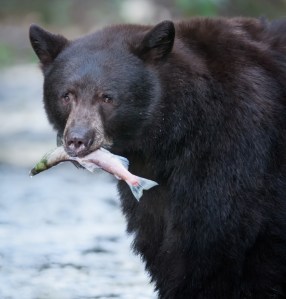 The
The